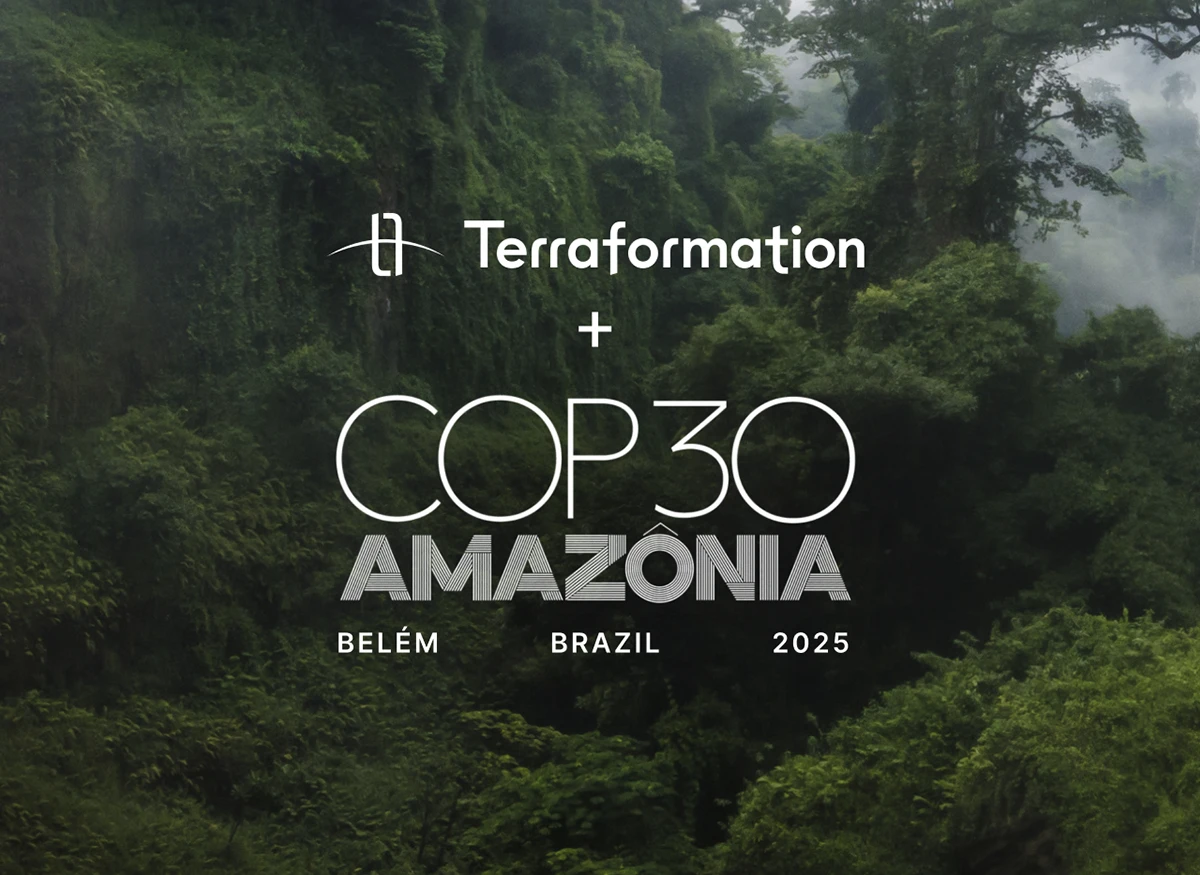Meet Emily Grave — Forestry Partnerships Lead

After moving to Hawaiʻi Island at age 21, Emily Grave spent hours walking through its forests. She quickly got to know the local plants and their many traditional uses — from medicine to canoe building — and eventually studied ethnobotany and plant biology at the University of Hawaiʻi.
One species in particular captivated her: the iconic orange-blossomed wiliwili (Erythrina sandwicensis), one of Hawaiʻi’s few native deciduous trees. As she studied the tree in the field, she began to observe that it wasn’t regenerating in the wild — which was odd for a common species.
Wiliwili is just one of many vulnerable species of plants and animals in Hawaiʻi. Species are disappearing so rapidly that the state is now considered the extinction capital of the world.
The stakes of this loss hit Emily hard after she had her second child in 2019. She was coordinating efforts to protect Hawaiʻi’s native plant species through the Laukahi Network, and she couldn’t stop thinking about the world her kids would inherit. “We have to find a way to leave something for the next generation,” she says. Now she spends her days working to solve the extinction crisis — not just in Hawaiʻi, but throughout the world.
As Terraformation’s Forestry Partnerships Lead, Emily collaborates with forestry initiatives across the Pacific and North America to scale restoration efforts. Her goal is to accelerate the growth of healthy, biodiverse native forests — which can absorb more carbon than monoculture tree plantations, and fare far better in fires and disasters.
Storing seeds to protect biodiversity
The biggest obstacle she sees in every region is a shortage of native seeds. “Projects have to compromise their planting based on the seeds that are available,” she points out. “I believe that is why most tree planting today resembles a monoculture.”
She works to identify gaps in seed storage capabilities, especially in fire-prone areas of North America, where seeds are particularly vulnerable. Severe weather and disasters can wipe out seeds in a single season — and with them, genetic diversity.
The answer, she says, is to build a network of seed banks around the world that will help us grow forests now and in the future.
Financing forests, investing in communities
The other hurdle is economic, she says. New, early-stage forestry projects often don’t have the financing they need to scale up. Many well-funded companies plant fast-growing, non-native species like eucalyptus in order to collect carbon credits as quickly as possible. Forest diversity and resilience suffer as a result. One of Emily’s goals is to help Terraformation connect funders and sponsors to high-quality, early-stage restoration projects.
Though she works around the globe, one initiative she’s especially excited about lies in the heart of US coal country. The Appalachian Renewal Project aims to rehabilitate a former mine site in Kentucky, where coal companies left behind a legacy of toxic water, contaminated soil, and pervasive poverty. By planting native forests and investing in agroforestry and ecotourism, the project team hopes to create sustainable jobs and revitalize the region’s economy.
It’s hard to find a native reforestation project that doesn’t deliver significant benefits to communities, according to Emily, and local people are one of the greatest resources available when it comes to restoration. “We learn from each other,” she says.
At the end of the day, when her work is finished and her kids are in bed, Emily sometimes stays up researching pollen fossil records from Rapa Nui — the remote South Pacific island famously wiped out by deforestation in the early 1700s. Rapa Nui has long served as a symbol of ecosystem collapse and a warning. When its forests disappeared, so did its people.
She dreams about Rapa Nui — about bringing back the lush trees and colorful flowers that once thrived there. In the quiet hours of the evening, she tallies plant species and imagines the future that could be. With the right resources, the right thinking, and the right seeds, she believes, we can still mend what we have broken.
















